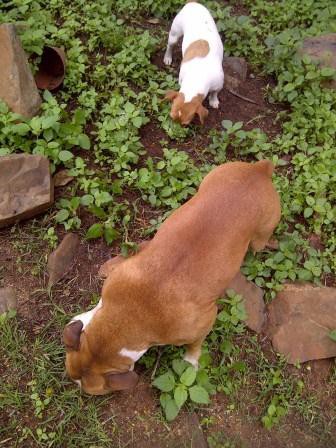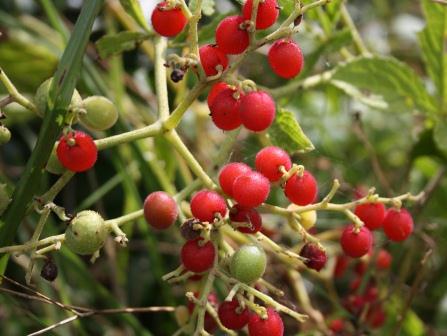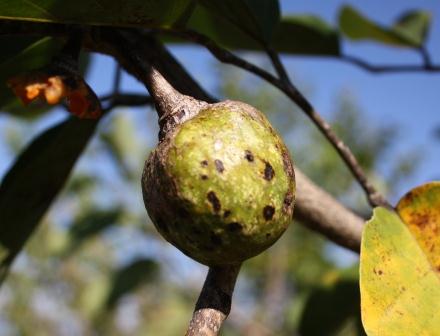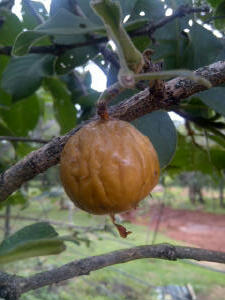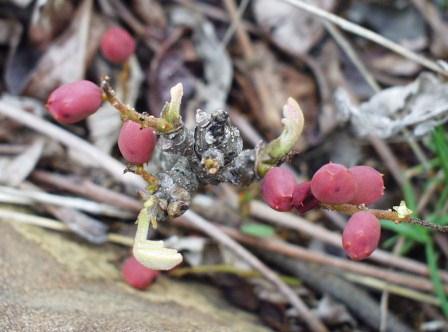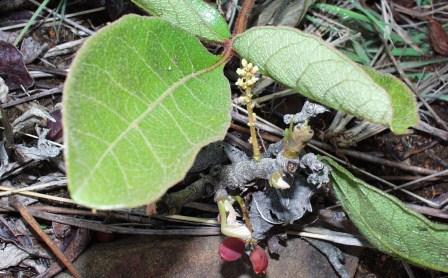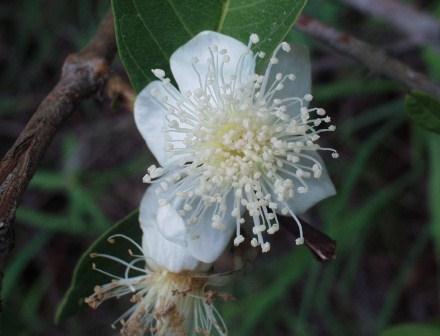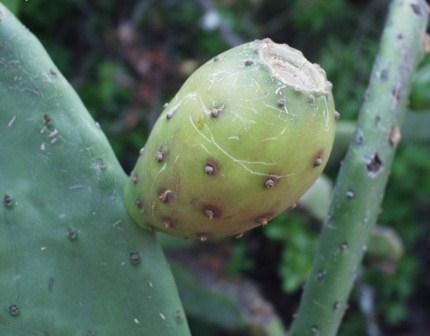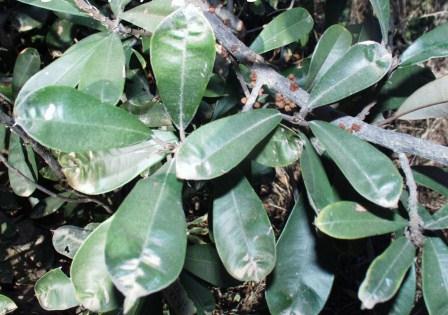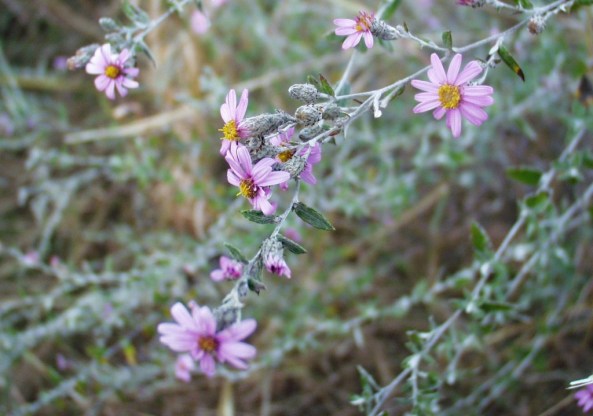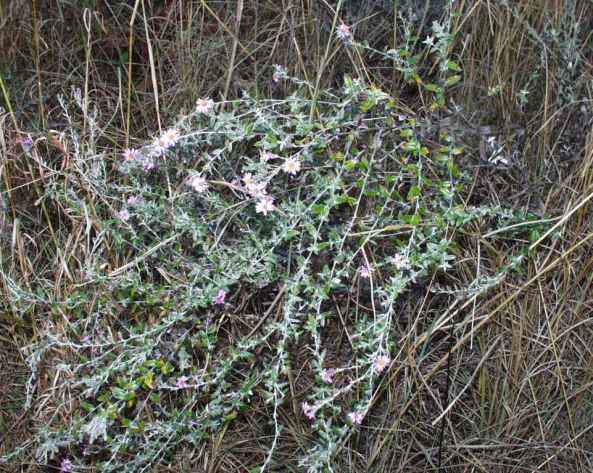Please don’t use this blog to identify edible plants!
The intend of this article is not to give a full description of each plant and all its uses, I just want to share those plants that we, as occupants of the property, are nibbling on. I have provided links below where you can find more information.
Scelerocarya birrea – Marula (Afrikaans – Maroela)
Marula trees are well-known for their edible fruit. A wide variety of animals rely on marulas as a food source. Apart form us, we have observed the following mammals eating the fruit (Vervet monkeys, Impala, Zebra, Giraffe, Bush pig) and saw evidence of mice or other small rodents eating the nutty kernels.
The fruit of the Marula tree is commercially used in the making of liquor (liqueurs and beer) and marula jelly, a delicacy enjoyed like jam. The fruit pulp is rich in vitamin C and is sold as an ingredient of fruit blends. I have made Marula jelly, but it is labour intensive for only a small amount of finished product. The nutty kernels have a rich nice taste. It is used in the production of Marula oil, an ingredient of skin cosmetics.
Not all trees bear fruit though. They are dioecious, which means they have a specific gender on a tree.
(somehow my photo of the marula fruit was lost, I will post one next year Feb/Mar when they are in season)
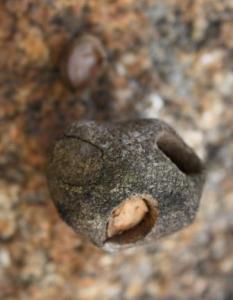
Although the outside is weathered and discoloured, two of the three holes still contain the nutty material
Berchemia zeyheri – Red ivory, Purple Ivory, Pink Ivory (Afrikaans – Rooi-ivoor)
The trees are too high to reach the fruit, I eat the ones on the ground that are still fresh. The fruit is sweet and refreshing.

I have tried to cook a syrup from these. It was nice and sweet but the amount was not worth the effort.
Ximenia caffra – Sour plum, Wild plum, Monkey plum (Afrikaans – Suurpruim)
The ripe fruit of the Sour plum is very rich in vitamin C, it is not called sour without a reason! It is said to be high in potassium and also to contain protein. We have a ritual in summer to introduce unwise visitors to our lovely ‘Bushveld cherries’ and only a few brave ones will keep eating for more than a few seconds. It can be used to make jam, but I try to leave the wild fruit for the wild animals, it is after all their source of food.
The nuts are edible and have a very high oil content. It is used as an essential oil in the industry.
Cyphostemma cirrhosum (Afrikaans – Droog-my-keel, Wildedruif)
Since I have read that the berries of this plant is edible, I have tried it. I didn’t like it though, it is not sweet and has a strange tart taste. I will have to be hungry and without other nutrition before I will eat it again…
Annona senegalensis – Custard apple (Afrikaans – Wildesuikerappel, Vla-appel)
The Custard apple is a lovely sweet tasting fruit. The trees on our farm bear only a few fruit at a time and the monkeys love it, as do I when I am lucky to find a ripe one.
Vangueria infausta – Wild medlar (Afrikaans – Wildemispel)
The wild medlar is one of my favourites. It has a sweet-sour taste when ripe and is also favoured by bushbabies, monkeys and a variety of birds.
Lannea edulis – Wild grape (Afrikaans – Wildedruif)
This is an extremely nice wild fruit, and although not related to real grapes, the taste and colour of the ripe fruit is very similar to Catawba grapes, which is called ‘Glippertjies’ in Afrikaans. They grow on a dwarf shrub and sometimes there are no leaves yet when the fruit develops, like in the first picture below.
It is favoured by Vervet monkeys and Bushbabies and sometimes more than one season pass before I am lucky to find a few ripe treasures, and never when I have my camera close!
Psidium guajava – Guava (Afrikaans – Koejawel)
The guava is regarded as an alien invader in the Lowveld and we try to eradicate it. Our farm is dry and luckily the guava trees are not successful here. The few fruits that may form is eaten green by the monkeys and I have never encountered a ripe fruit to photograph.
Opuntia sp – Prickly pear (Afrikaans – Turksvy)
In the almost twelve years that we have been on the farm, I have only found ripe fruit twice. Opuntia is also regarded as invader plants, but they are not successful here.
Englerophytum magalismontanum – Transvaal milkplum (Afrikaans – Stamvrug)
I know about only one small tree on the farm and it is struggling. It does not bear fruit every year, but even the few times it did so far in the last twelve years, I was lucky only twice to get a few.
I don’t have any pictures of the fruit.
Solanum retroflexum – Nightshade (Afrikaans – Nastergal)
The green berries are poisonous and should be avoided. The dark purple-black berries are edible but I don’t like the taste. It cooks into the most incredible jam though! It is labour intensive to harvest the small berries and then clean it, but the syrupy jam is worth the effort.
+
Corchorus tridens
Although I haven’t tasted this plant yet, my workers harvest is as a spinach type vegetable and they use bicarbonate of soda in stead of table salt in the cooking process. Emelinah Mathebula says I won’t like it, because it cooks like a snail (meaning that it turns out slimy)
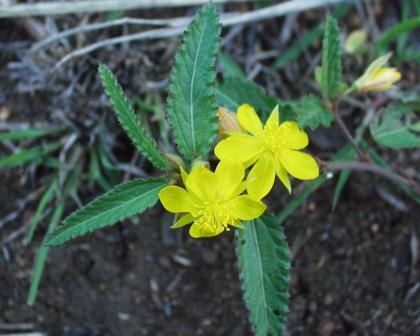
Corchorus confusus is a similar species. Emelinah says it is also edible, but they prefer C. tridens
Athrixia phylicoides – Bushman’s Tea (Afrikaans – Boesmanstee, Bostee)
These lovely herbs are harvested by Emelinah as brooms to swipe their yards. However, the general name is also descriptive and I have made an infusion and it does indeed make a very sweet smelling tea. So nice that a friend of mine wants me to sell it…
More information about the uses and medicinal value of the above-mentioned plants:
- Marula
- Sour plum
- Red Ivory
- Custard apple
- Wild medlar
- Wild grapes
- Transvaal milkplum
- Lots of information
- A Field Guide to Wild Flowers KwaZulu-Natal and the Eastern Regions, Elsa Pooley

